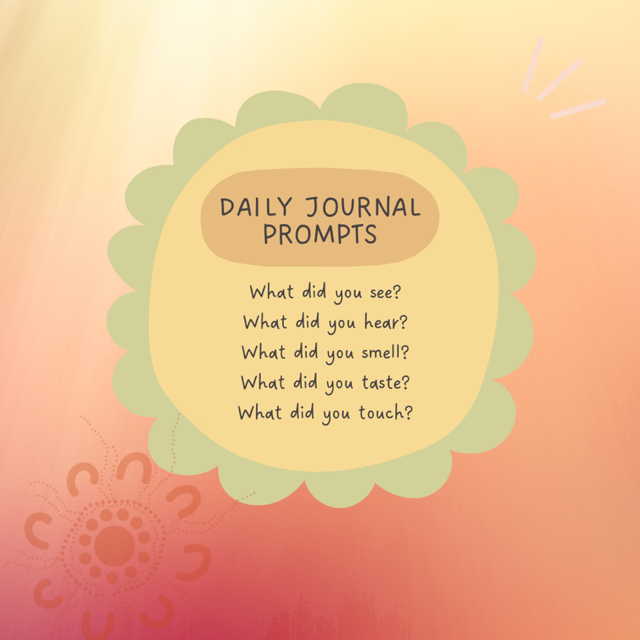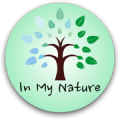Overcoming the Fear of Drawing: A Beginner’s Guide to Nature Journaling
Do you feel the urge to reconnect with nature but hesitate to pick up a pen or pencil to document your observations? If you’re a beginner, the thought of drawing—even simple sketches—can be daunting. But what if I told you that nature journaling isn’t just about creating perfect art; it’s about cultivating a deeper connection with the natural world and allowing yourself to slow down and really see the beauty around you?
Let’s talk about how to overcome the fear of drawing and why nature journaling is a practice that anyone can embrace, regardless of artistic ability.
Why Nature Journaling?
1. A Connection with Nature One of the most beautiful things about nature journaling is how it fosters a deeper connection with the natural world. When you take time to observe and document what’s around you—whether it’s the shape of a leaf, the flight of a bird, or the way the light falls on the water—you develop a sense of appreciation and wonder. This mindfulness can transform a simple walk outside into a meaningful experience.
2. Reduces Stress and Encourages Mindfulness In today’s fast-paced world, it’s easy to feel overwhelmed. Nature journaling offers a chance to slow down and be present. It encourages mindfulness as you focus on details—whether it’s a tiny flower or a cloud in the sky. This simple practice has been shown to reduce anxiety and promote relaxation, making it an ideal tool for mental well-being.
3. Sharpen Your Observation Skills Over time, nature journaling helps you sharpen your powers of observation. You’ll begin to notice things you may have overlooked before: the pattern of a tree bark, the movement of the clouds, the subtle changes in a bird’s behavior. This skill of keen observation is not only helpful in nature but also in other areas of life.
4. Learn Through Observation Nature journaling isn’t just about drawing—it’s also about learning. As you document the natural world, you start to understand the intricacies of plants, animals, and ecosystems. You might begin to recognize different species of trees, understand how weather patterns change, or observe the behavior of animals in their natural habitat. This hands-on learning can be both educational and inspiring.
5. Creativity and Self-Expression You don’t have to be a professional artist to enjoy the creative process of nature journaling. In fact, one of the most wonderful aspects of journaling is that it gives you the freedom to express yourself however you feel—through writing, drawing, painting, or even poetry. The goal is to capture your thoughts, feelings, and discoveries in a way that feels personal to you. Remember, this is your journal.
Getting Started: Overcoming the Fear of Drawing
If you’re new to nature journaling and worried about your drawing skills, know this: you don’t need to be an artist to begin. The practice is about exploration and personal growth, not perfection. Here are a few simple steps to get started:
- Start with Basic Shapes
Don’t worry about getting every detail just right. Start with simple shapes and outlines. You can draw a basic oval for a leaf, a circle for a flower, or a few lines to represent branches. Your drawings can be as simple or as detailed as you like. - Use Words Alongside Your Drawings
If drawing feels intimidating, pair it with words. Write down what you observe, what feelings it evokes, or any questions that come to mind. Journaling is about documenting your experience, not creating a masterpiece. This can ease the pressure of drawing while still allowing you to connect with the natural world. - Sketch, Don’t Stress
Give yourself permission to make mistakes. If your tree doesn’t look like a tree or your bird isn’t quite right, that’s okay! The beauty of nature journaling is that it’s about the process, not the final product. The act of observing and documenting is where the magic happens. - Focus on Small Moments
Instead of trying to capture everything around you, choose one small thing to focus on. Perhaps a butterfly on a flower or a rock by the stream. By focusing on one thing at a time, you reduce the overwhelming feeling that can come from trying to capture everything. - Accept Imperfection
Nature itself is imperfect, and so are we. The more you let go of expectations, the more enjoyable your nature journaling will become. Remember, nature isn’t about perfection—it’s about presence.
The Benefits of Nature Journaling
Once you’ve embraced the practice, you’ll begin to notice the many benefits of nature journaling:
- Improved Mental Health: As you tune into nature and engage in mindful observation, you’ll experience reduced stress and anxiety. The outdoors, coupled with creative expression, helps to clear your mind.
- Better Observation Skills: You’ll become more attuned to the world around you. The more you observe, the more you learn, and the more you appreciate the intricacies of life.
- Creative Expression: Nature journaling can become a space where you can express your thoughts, feelings, and creativity without judgment. It’s your personal space to explore.
- A Deeper Environmental Connection: As you document the natural world, you’ll grow more aware of environmental issues. This deepened connection can inspire you to protect and care for the environment.
A Final Thought
Nature journaling isn’t about drawing perfectly—it’s about connecting deeply with the world around you. It’s a journey of self-expression, mindfulness, and personal growth. Whether you’re a beginner or an experienced journaler, you have the ability to develop your own unique practice.
So, take a step outside, breathe in the fresh air, and let the world unfold before you. Remember, the most important thing is to start.
Are you ready to start your nature journaling journey?


Recent Comments